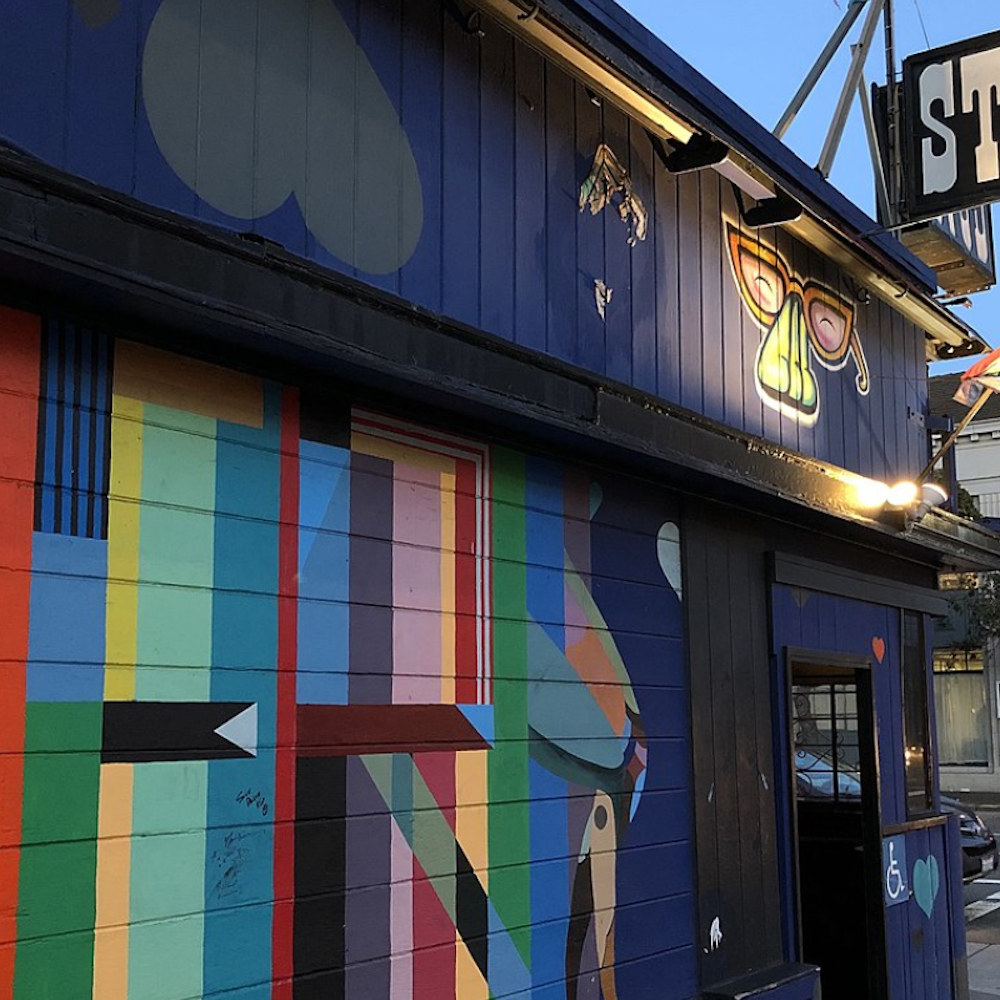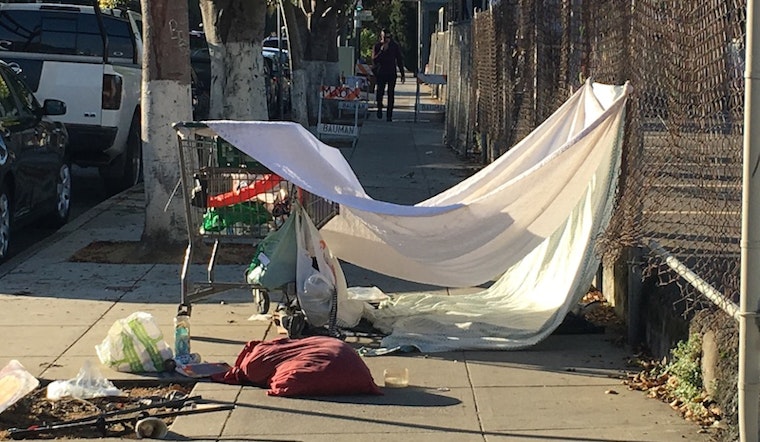
[Editor's Note: Hoodline is participating in this week's SF Homeless Project, in which more than 80 area publications are each covering homelessness issues in their own ways.
While we already write about these issues often, we hope that our stories today will add more neighborhood context to this very complicated topic, and to the great work being published elsewhere. You can read more about the project here.]
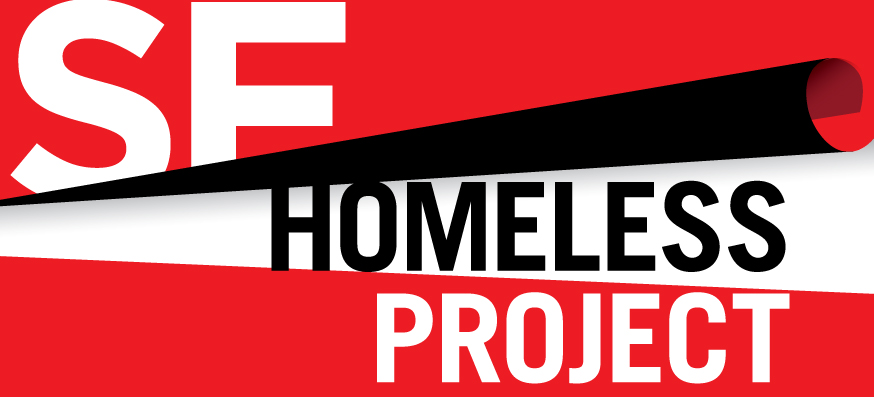
The six-month-old Department of Homelessness and Supportive Housing (DHSH) has taken on the ambitious project of ending homelessness in San Francisco. The officials at the new department are acting in the space between law, compassion and innovation—and they’re still experimenting to find a winning balance.
The current process for “resolving” all of the city’s homeless tent camps is to document and prioritize them, then reach out to develop individualized next steps for the members of each camp. From a practical standpoint, San Francisco certainly doesn’t have enough shelter beds to host more than about one-fifth of its homeless population at any given time. And roughly a third of the city's homeless population has been intermittently homeless for more than a decade, which suggests that a more nuanced approach is necessary to help people avoid slipping back onto the streets.
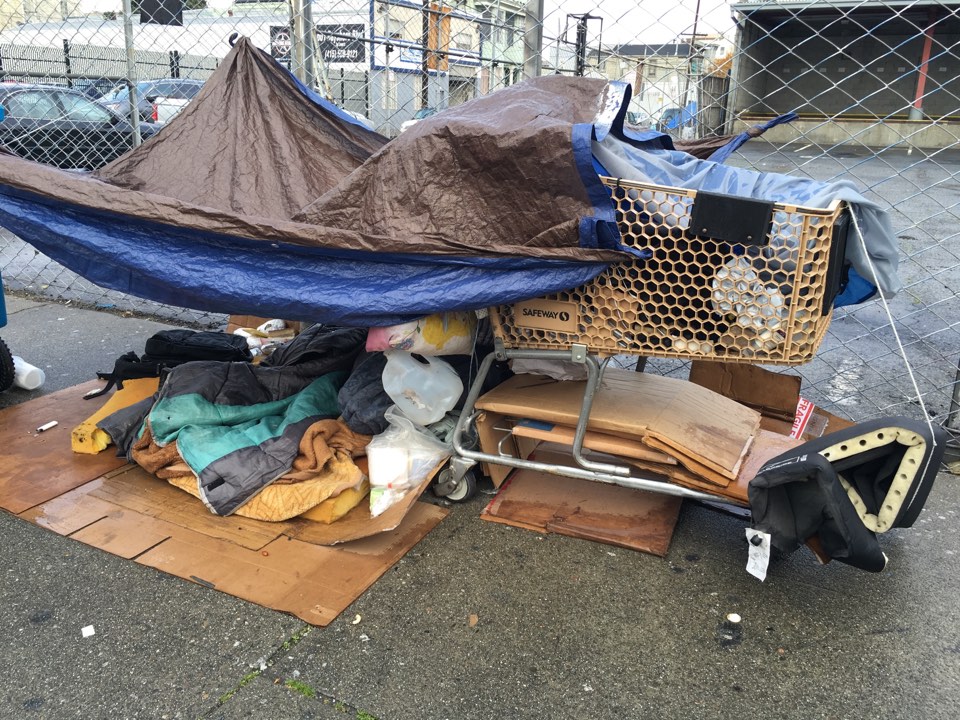
“We lead with social services,” said Sam Dodge, deputy director of the DHSH. “Person to person, we try to develop plans for everyone to be able to come in [to Navigation Centers] and try to leave their homelessness behind. Then we help set a date and work toward resolving the site and use the resources that we have to try to approach everyone’s problem.”
The department incorporates various sources of decision-making data, including this list of 311 calls and a running list of active encampments that is curated by San Francisco Public Works. The Public Works list logs the relative size, location and safety of the camps. “Size” is listed in terms of both people and tents, while “safety” is ranked on a scale from 1 (safe) to 5 (dangerous/violent).
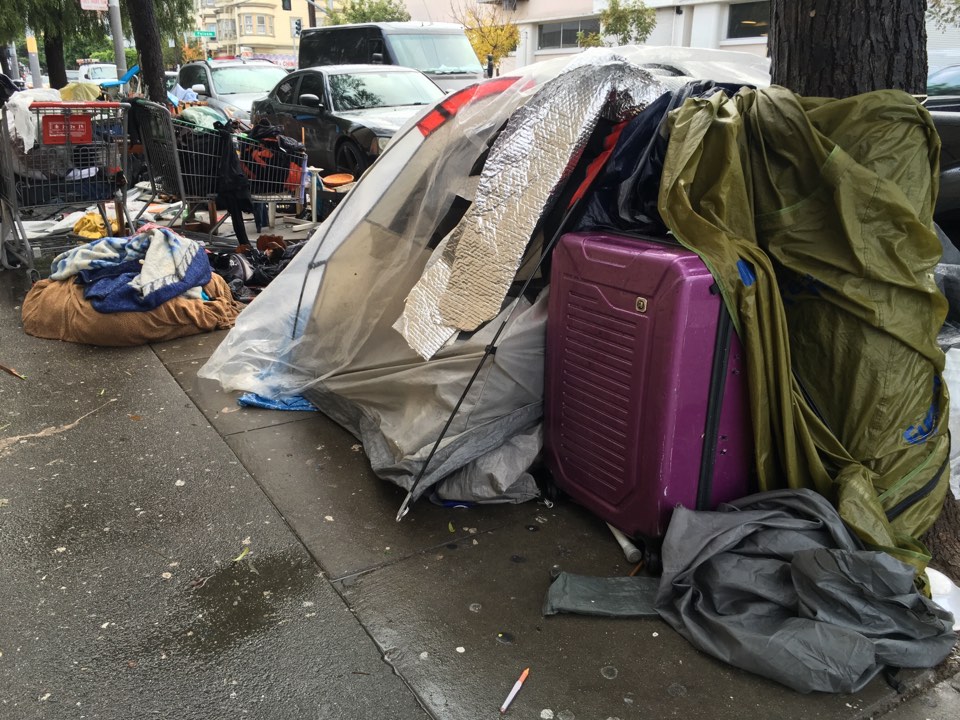
Dodge and the department's director, Jeff Kositsky, both bring years of social work experience to their jobs at DHSH. Their task is vast and administrative, but they also spend a lot of time on the ground: visiting camps, nurturing Navigation Centers, and speaking with San Franciscans at all levels of the system. Dodge admits that although they use various data sources, much of their work is necessarily intuitive due to the fluid, complicated nature of homelessness.
“It’s unfortunate, right, that San Francisco has so many unsheltered people,” said Dodge, “and there are a lot of highs: locations with more than 20 individuals that are in real conflict with the surrounding communities. Information over a month old is less operational for decision-making, so it’s a combination of experience and instinct. We have to work with the resources that we have and just decide.”
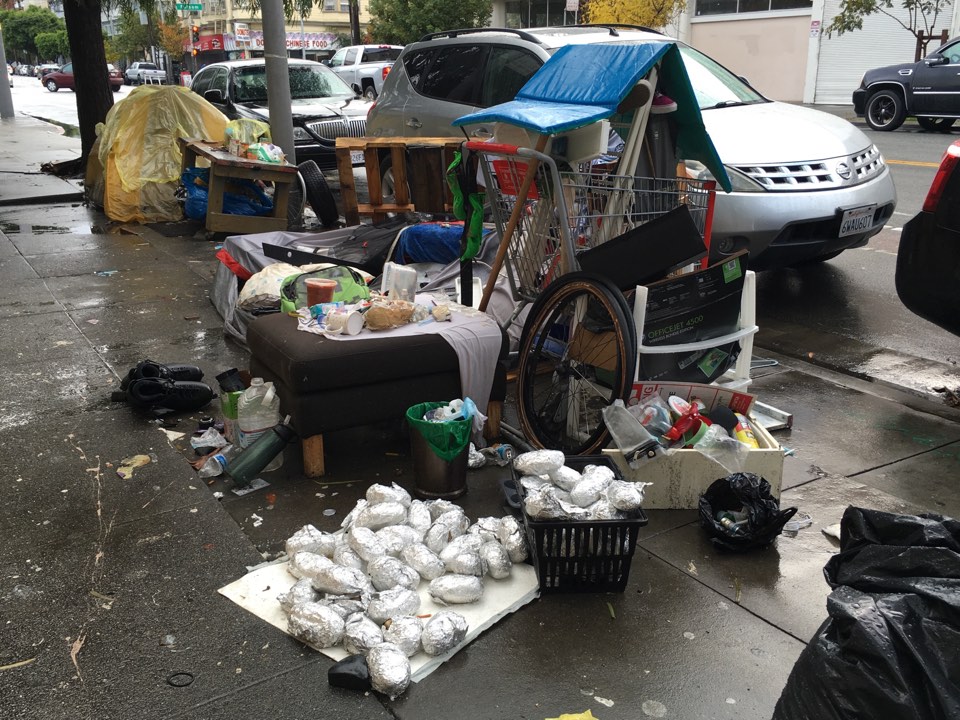
Jason Albertson, who leads the DHSH Encampment Resolution Team, emphasized the complexity of the problem, but acknowledged that the subjective safety of a given camp—both for its residents and for its rent-paying neighbors—plays a key role in whether its resolution becomes a priority. The most dangerous camps tend to be large, centrally located, internally violent, and wracked with addiction.
“It’s not one thing that holds decision power but many, which makes it complex,” wrote Albertson in an email. “Encampments can get to be places that are supportive of the individuals there, and can also become dangerous places with prevalent violence and risk of interpersonal violence as well as high frequency of end-stage substance use disorders.”
An encampment is also more likely to be flagged for quick resolution if it bothers the neighbors. Camps with a high volume of 311 complaints are usually either the most visible or the most volatile, and the DHSH officials use this metric to determine whether they should turn their immediate attention to a site.
“I tend to try and match current encampment size to current resource set, and acknowledge neighborhood complaint frequency and encampment duration as part of my inputs into the decision-making process,” wrote Albertson. ”We also look at what the possibilities of developing re-encampment prevention plans are, how much time they will take, what can be done to activate the space and how long that will take.”
Ultimately, there is no simple answer for how the city prioritizes the movement of various homeless encampments into Navigation Centers. No one knows exactly what it looks like to end homelessness in a city of this size, but the task-force at the DHSH is trying.




